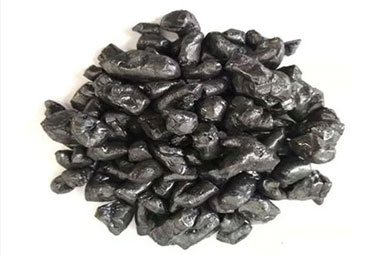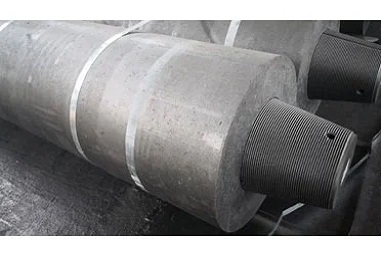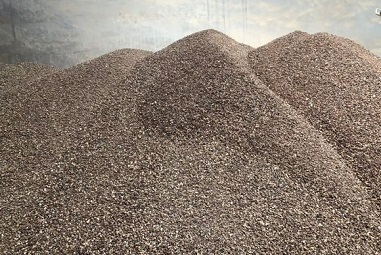
Petroleum coke, calcined is an energy-dense byproduct of crude oil refining that is used as a fuel in electric power plants and in steelmaking. It also is used as a refractory material to help make aluminum and to manufacture graphite products, such as carbon electrodes and specialty high-carbon steel. It is a major source of industrial heat, and it can be used to replace natural gas as a fuel in coal-fired boilers.
The global market for calcined petroleum coke was worth about $10 billion in 2025 and is growing at a CAGR of more than 4.6% from 2020 through 2025. This growth is driven by rising demand for steel in the construction industry, development in the cement and power generation industries, expansion of the supply of heavy oils globally, and favorable government initiatives regarding a sustainable and green environment.
The primary source of calcined petroleum coke is delayed coking of the residues from the crude oil distillation units in Oil Refineries. Oil refineries that process heavier crude produce more resid, so they tend to use more delayed coking. The resulting coke, called Green or Raw Petroleum Coke (RPC), is fed into a calciner, which can be either a rotary or shaft kiln. The kiln is heated, and during the process of calcination, all moisture and volatile matter are removed from the RPC. The result is a highly electrically conductive product called Calcined Petroleum Coke (CPC).
In order to meet the unique operating needs of each aluminum smelter, Aminco listens closely to the customers and tailors the right feedstocks to optimize their production processes. In addition to offering a variety of rotary and shaft calciner options, Aminco also offers custom blending of its CPC for superior performance in smelters. The blending is done to ensure proper rheology and porosity for optimal melt flow and conductivity.
Manufacturing Brick And Glass
The low-ash content of calcined petroleum coke makes it the preferred choice for making brick and glass. Many rotary calciners are built with waste heat energy recovery systems that capture the hot flue gases exiting the kiln countercurrent to the coke bed and use them to generate steam. This steam can be used in the plant or to generate electricity with a steam turbine generator. These systems are becoming mandatory for new calciners to improve project economics.
Steel Production
The majority of the calcined petroleum coke is consumed by the electric arc and induction furnaces for steel production. These furnaces require a high level of conductivity to operate efficiently. The increasing demand for steel in developing regions is driving the growth of this sector.
The COVID-19 pandemic has had a negative impact on the overall economy and, as a result, on industrial activities. This has caused a slowdown in aluminum demand, which in turn has reduced the need for green and calcined petroleum coke. However, the pandemic is recovering and aluminum production is forecast to increase, which should lead to an increased demand for calcined petroleum coke.


